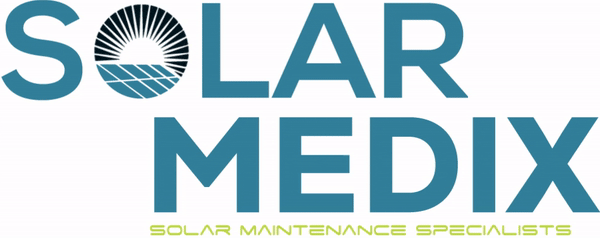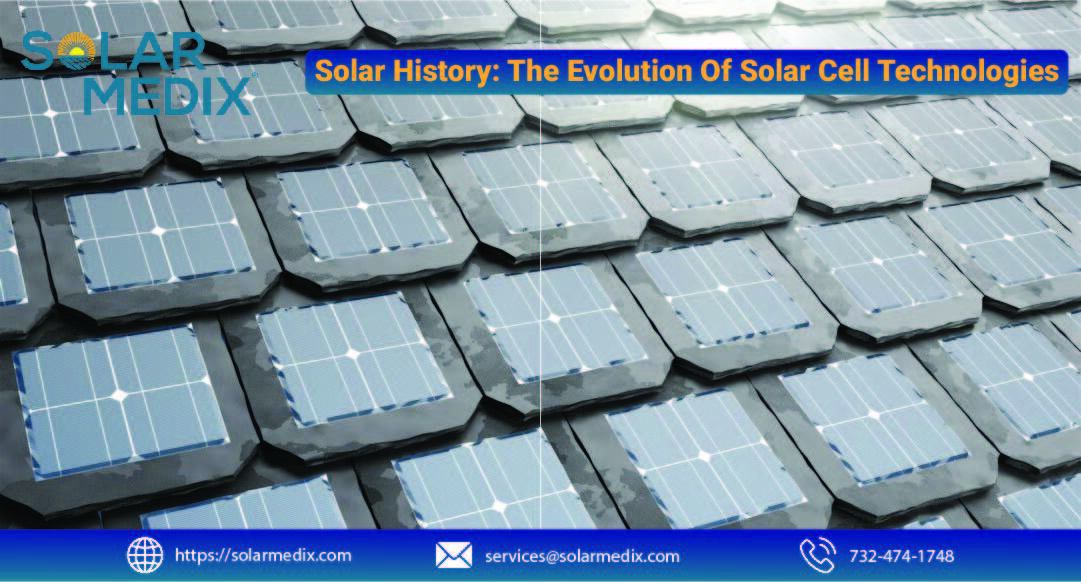Since the beginning, humans have always been in awe of the use of solar energy. That resulted in the invention of fire in the 3rd century B.C., a time when the Romans and Greeks used “burning mirrors” to burn their torches for religious purposes.
Archimedes is also said to have made use of brass materials to reflect sunlight to burn Roman warships invading Syracus in 2nd Century B.C.E.
It was the quest for low-cost renewable energy resources that ultimately led man towards the new solar technology of today. Solar power is a low-cost, renewable resource that is environmentally friendly as well.
In this article, Solar Medix experts have strived to cover the historical footmarks leading to the discovery of solar panels, generations of solar panel technology, the evolution of solar panels over time, and related questions that intrigue solar energy enthusiasts like you.
How have solar panels evolved over time?
When were solar panels invented? Beginning in 1839, many scientists played their roles in the discovery of innovative solar panel technology that we see in the present era. Let’s take a look at the history of solar panel systems.
Edmond Becquerel: A Pioneer in Solar Panel Technology
Edmond Becquerel was a French physician who laid the foundations of old solar panel technology by discovering the world’s first photovoltaic cell in 1839. It can convert solar energy into electrical energy. His discovery opened new possibilities for harnessing solar energy as a clean, renewable energy source.

Aleksandr Stoletov: Pioneer in Photovoltaics and Magneto-Optics
He was a Russian scientist of the 19th century who made significant contributions to photovoltaics by discovering the photoelectric effect in semiconductors, which is crucial for the development of solar cells.

He also invented the first magneto-optic rotation device that enables the measurement of light rotation in a magnetic field. All of these discoveries pave the way for future discoveries in solar cells.
Silicone’s Impact on Solar Panel Technology
In 1954, scientists from Bell Laboratories discovered silicon’s incredible power to convert solar energy into electric energy. This work set a benchmark in the evolution of solar power and led to the invention of the first solar panel made from silicon.
The use of silicon in photovoltaic cells improved the energy conversion rate, making it an efficient energy source. This discovery contributed to reducing the world’s carbon footprint and was a push towards clean and renewable energy.
What are the generations of solar technology?
There are four generations of solar panels, moving from old solar panel technology to innovations in solar panel technology to advanced ones.
First-Generation Solar Technology
The first-generation solar panel technology was developed in the 1950s, using silicon cells to convert sunlight into electricity. These solar panels constitute old solar panel technology and were expensive and inefficient, with a conversion rate of only 6–8%.
Second-Generation Solar Technology
Second-generation solar technology emerged in the 1980s. It constitutes thin-film-based cells with good mechanical properties. It contains cadmium telluride and copper indium gallium selenide solar energy materials and solar cells. These panels are comparatively cheaper and more efficient than first-generation ones. They come with conversion rates of 10–12%.
Third-Generation Solar Panels
Third-generation solar cells are advanced and incorporate innovations in solar technology that add additional energy levels to semiconductor structures. It includes perovskite solar cells with up to 25% conversion rates and organic solar cells, which are lightweight and flexible.
Fourth-Generation Solar Technology
Fourth-generation solar cells are also referred to as nano-photovoltaic cells. Innovative ideas in solar panels have led to these nano photovoltaic cells, which are a promising technology for the future but still under development. It includes technologies like tandem solar cells, which combine different solar energy materials and solar cells to achieve higher conversion rates. Quantum dot solar cells are part of innovative solar energy projects and use nanoparticles to capture and convert sunlight.
New Solar Panel Technology Today and Its Future
New solar power technology has evolved significantly with advancements in photovoltaics and concentrated solar power, leading to more efficient hybrid panels and lower costs.
In 2016, MIT researchers made new innovations in solar energy: ultra-slim, flexible solar cells that can generate over 2,720 watts per pound, which is 400 times higher than conventional silicon-based modules.
After new innovations in solar energy, solar panels are now up to 22% efficient. “Perovskite” solar cells are also a new solar panel technology that can replace silicon in panels.
Solar panels have a promising future spanning from small-scale applications like residential use or small enterprises to even large-scale projects like generating electricity for cities.
After reading this article, you must have gained a great insight into the history of solar panels. Whether you want to choose a solar system as per your needs or want to install, reinstall, or maintain one,. Solar Medix is here to help you with their solar expertise and knowledge of over 19 years. Contact us today for a free quote.
Polycrystalline panels are made using older solar technology, making them less efficient than their modern counterparts, like monocrystalline solar panels.
Solar energy technology has significantly improved in recent years, with the median residential solar panel becoming 37% more efficient in 2019 with a lower cost.
Of course! As solar technology improves with time, the adoption and use of solar panels will increase accordingly. Solar panel improvements further promise a bright future for these environmentally friendly and renewable energy sources.
Organic solar cells (OSCs) make use of organic electronics, conductive organic polymers, or small molecules that absorb light, get charged, and generate electricity from sunlight through the photovoltaic effect.













